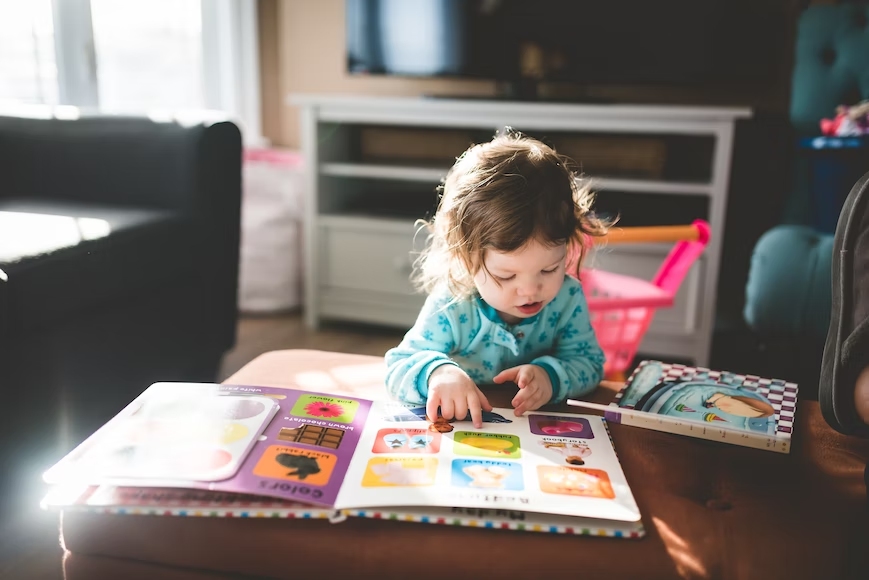Indeed, simple sentences for kids go beyond mere word combinations; they serve as the foundation for language development and communication skills. According to Julie E. Dockrell’s article published on ScienceDirect, many students face difficulties in writing during middle elementary school, highlighting the significance of mastering this skill. Generating written sentences proves to be a highly accurate measure for identifying struggling writers. By harnessing the potential of simple sentences, we can open doors to extensive learning opportunities and enable children to articulate their thoughts and ideas through confident expression and writing.
Math & ELA | PreK To Grade 5
Kids see fun.
You see real learning outcomes.
Watch your kids fall in love with math & reading through our scientifically designed curriculum.
Parents, try for free Teachers, use for free
Let’s explore how kids begin forming sentences and the characteristics that make a sentence simple.
When Do Kids Start Forming Sentences?

“The beauty of simplicity lies in its ability to convey profound thoughts. Simple sentences for kids plant the seeds of articulate minds.” – Albert Einstein.
Understanding the timeline of language development in children is of paramount importance for parents and educators alike. One significant milestone in this journey is when kids start forming sentences. In this exploration, we will delve into this exciting phase and discover the wonders of early language acquisition.
1. Early Language Development
During the initial stages of language development, children often babble and explore different sounds. However, raisingchildren.net.au notes that as they approach their first year, a notable shift occurs, progressing from sounds and gestures to the emergence of words and sentences.
“Language is the vehicle of thought and expression. Simple sentences empower children to drive their ideas forward.” – Dr. Seuss.
2. The Emergence of Sentences
Around the age of one, children begin to string words together to convey meaning. This marks the beginning of sentence formation, an important cognitive leap that showcases their growing language skills.
3. Milestones in Sentence Formation
By 18 months, toddlers usually speak their first recognizable sentences, consisting of two or three words. While these sentences are typically simple in structure, they hold significant meaning for the child.
4. Expanding Complexity
As children grow, the complexity of their sentences also expands. By the age of two, they start incorporating basic grammar rules and using more words to express their thoughts and desires.
5. Language Milestones by Age
It’s important to remember that each child develops at their own pace. However, by the age of three, most children can construct grammatically correct sentences and actively engage in conversations.
Now that we have a clear understanding of when kids start forming sentences, let’s explore the benefits of simple sentences for kindergarteners and how they can aid in their language development.
What Makes A Simple Sentence?
Understanding the structure and components of a simple sentence plays a crucial role in fostering children’s language development. In this exploration, we will delve into the key elements of simple sentences for kids and their contribution to effective communication.
1. Subject-Verb-Object Structure
A simple sentence comprises three essential components: the subject, the verb, and the object. The subject is the noun or pronoun that acts, the verb expresses the action or state of being, and the object receives the movement of the verb. This straightforward structure forms the foundation of a simple sentence.
2. Clarity and Conciseness
Characterized by their clarity and conciseness, simple sentences convey a single complete thought or idea, making them easy for kids to understand and use. By focusing on one subject and one verb, these sentences enable children to grasp and express ideas more effectively.
3. Building Blocks for Language Development
Simple sentences serve as the building blocks for more complex sentence structures. As children become comfortable constructing and understanding simple sentences, they can gradually progress to compound and complex sentences. Mastering simple and small sentences for kids lays a solid foundation for their overall language development.
Now that we have explored the elements of simple sentences, let’s discover engaging activities that allow children to practice and act out these sentences.
10 Simple Sentences For Kids To Act Out
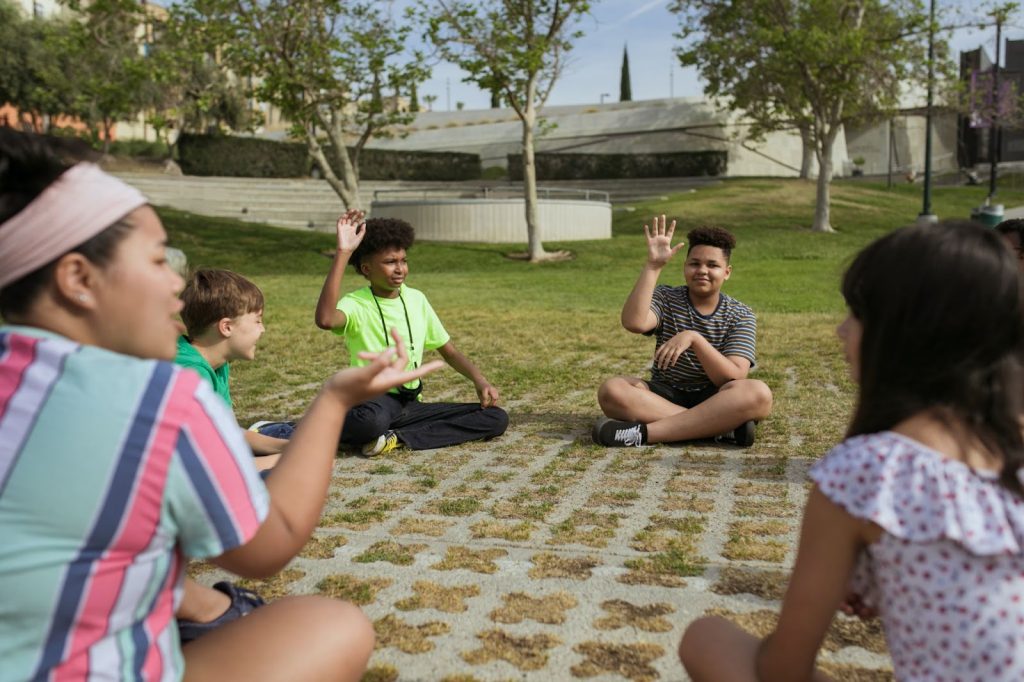
Acting out simple sentences proves to be an engaging and interactive method to enhance language development in children. By physically embodying the words and actions, kids can better comprehend and retain sentence structures while enjoying themselves and expressing their creativity.
Here are a few simple sentences for kids to act out, encouraging active learning and fostering a love for language.
- “The sun is shining brightly.” – Children can pretend to raise their arms, forming a big circle above their heads to represent the sun.
- “I am jumping up and down.” – Kids can demonstrate jumping motions, adding excitement to their performance.
- “The cat is chasing a mouse.” – Children can crawl like a cat and use their hands to mimic chasing movements playfully.
- “I am eating a delicious ice cream cone.” – Kids can pretend to hold an imaginary ice cream cone and lick it delightfully.
- “The butterfly is fluttering its wings.” – Children can gently flap their arms like butterfly wings bringing the sentence to life.
- “I am brushing my teeth before bed.” – Kids can use their fingers to mime brushing their teeth in a circular motion, promoting healthy dental habits.
- “The car is zooming down the racing track.” – Children can make zooming sounds and move their hands like a racing car.
- “I am waving goodbye to my friends.” – Kids can wave their hands back and forth in a friendly manner.
- “The rain is falling gently from the sky.” – Children can wiggle their fingers like falling raindrops and create soft pitter-patter sounds.
- “I am planting seeds in the garden.” – Kids can mime digging a hole, placing seeds, and covering them with imaginary soil.
In addition to acting out sentences, numerous other exciting ways exist to practice and reinforce language skills for kids.
5 Other Exciting Practices for Kids to Master Sentences

Engaging children in diverse activities can transform sentence formation into an enjoyable and effective experience. Let’s explore some creative methods that go beyond traditional exercises, fostering language development through interactive play, storytelling, and hands-on experiences.
1. Interactive Storytelling: Ignite Imagination and Language Skills
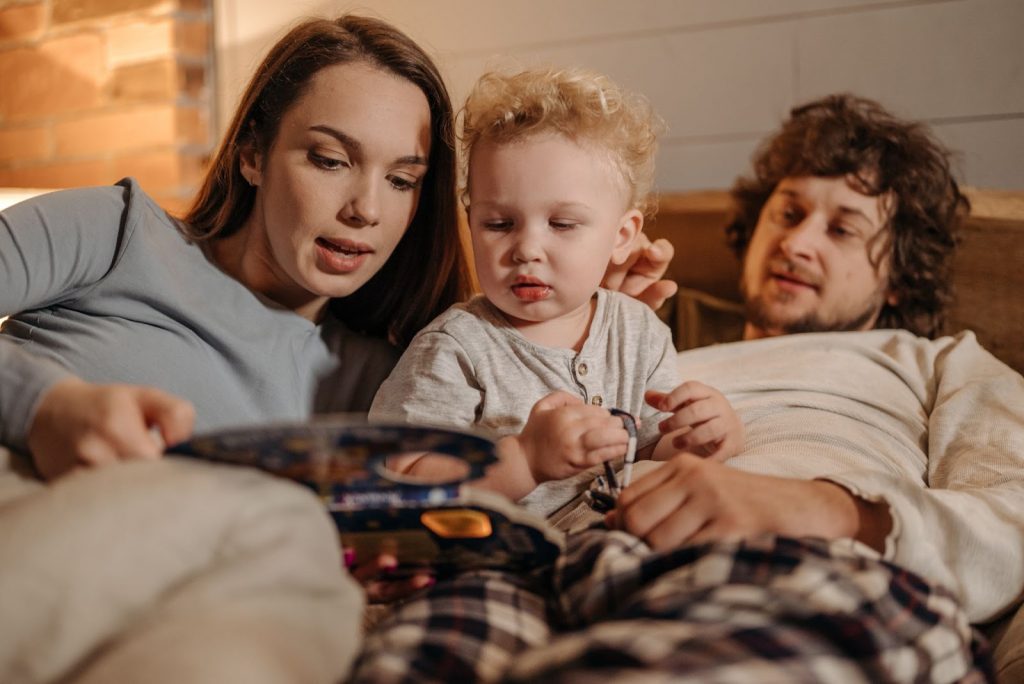
Fuel children’s imagination and language skills through interactive storytelling sessions Encourage them to contribute to the narrative by forming their sentences and using descriptive words to describe characters, settings, and events. This activity promotes creativity, critical thinking, and language development in an enjoyable manner.
2. Picture Books and Sentence Construction: Learn Through Visuals
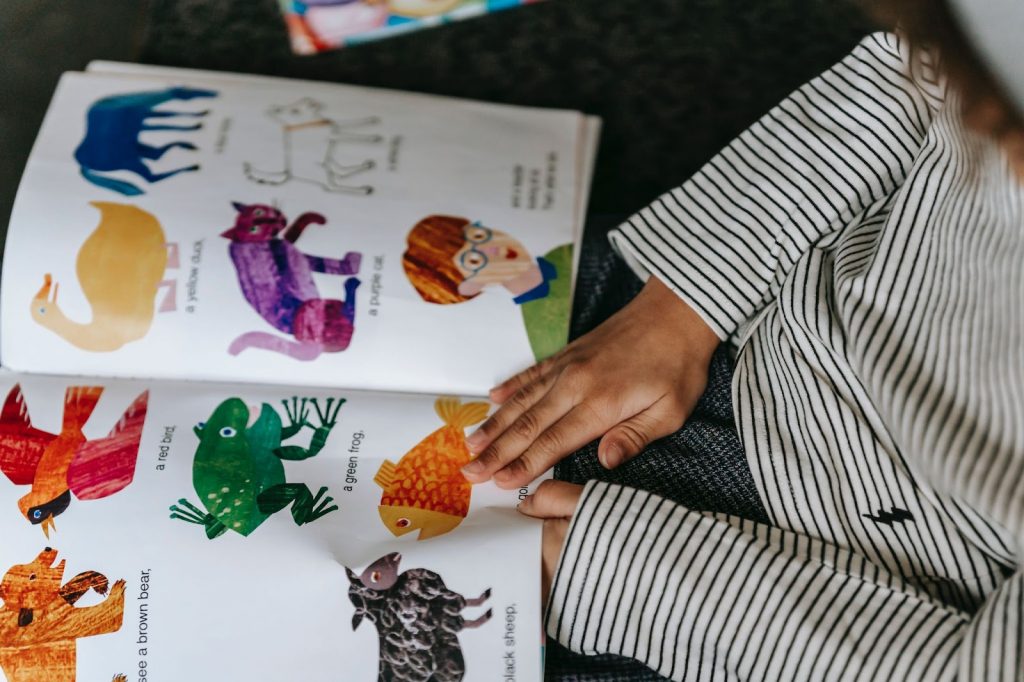
Introduce picture books with vibrant illustrations and simple sentences that children can read and repeat. Encourage kids to construct sentences based on what they see in the pictures, fostering their comprehension and sentence-building skills. This method combines visual learning with the formation of simple sentences, making it an engaging and effective practice tool.
3. Flashcard Sentence Building: Fun and Interactive Learning
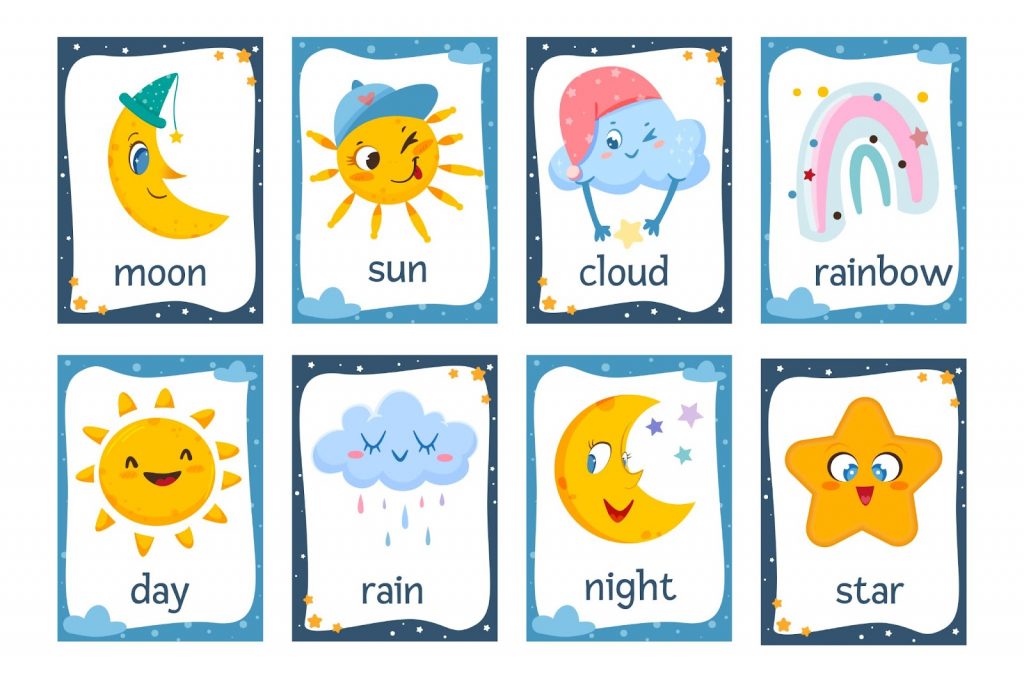
Create flashcards with colorful images representing objects or actions. Ask kids to make sentences with words on the flashcards, promoting vocabulary expansion and sentence structure understanding. Make it into a game by having youngsters work together to create phrases while engaging in friendly competition.
4. Sentence Building Games: Learning with Playfulness
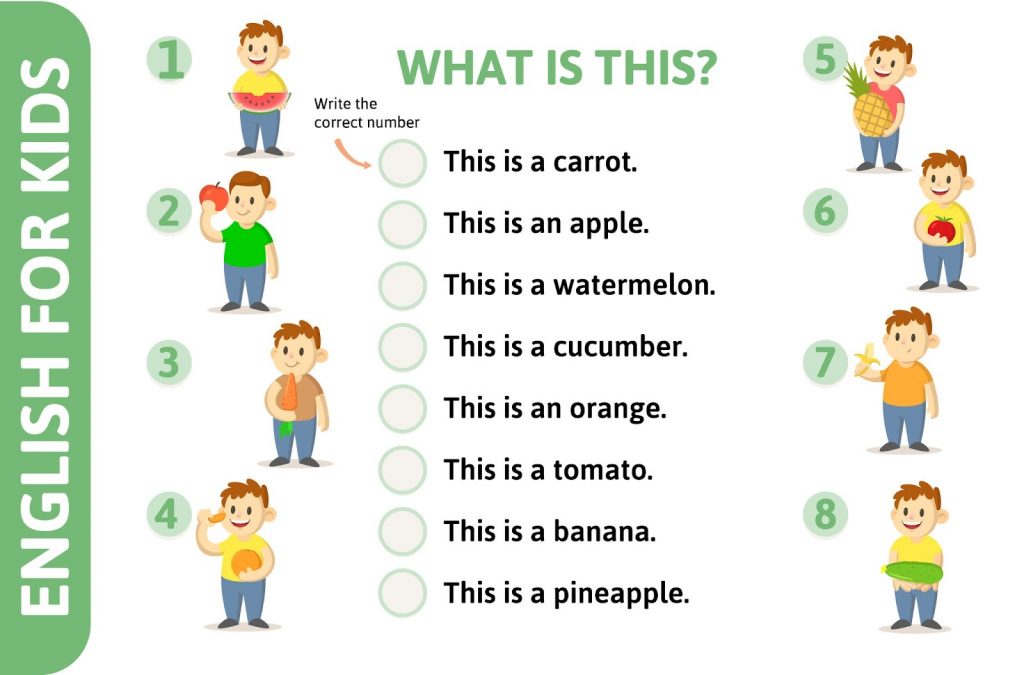
Incorporate games like “Sentence Dominoes” or “Sentence Puzzles,” where children arrange words or phrases to form complete sentences. These games make sentence formation enjoyable and help children grasp the concept of subject-verb-object relationships. As they participate in these games, they enhance their grammar skills and develop a solid foundation in sentence construction.
Related Reading: Amazing Grammar Games & Exercises for Kids
5. Sentence Role Play or Charades: Bringing Language to Life

Organize role-playing or charades activities where children act out sentences. Assign different roles or situations to encourage using simple English sentences for kids. This immersive and interactive approach allows children to practice sentence formation, improve communication skills, and boost confidence.
By utilizing these diverse and engaging methods, parents and educators can provide children with exciting opportunities to practice and reinforce their sentence-building skills, fostering their language development and setting them up for effective communication in the future.
Related Reading: Great Charades for Kids of All Ages
20 Examples of Simple Sentences for Kids
The following are a few simple sentences examples for kids to captivate their imagination and help them build their language skills.
- The sun is blazing brightly in the sky.
- I love eating ice cream on summer days.
- The dog is wagging its tail happily.
- Mommy is reading a bedtime story to me.
- The red car zoomed past us on the road.
- I see a beautiful rainbow after the rain.
- The cat is chasing a little mouse.
- Let’s build a sandcastle at the beach.
- Daddy is cooking my favorite pizza for dinner.
- The butterfly landed on the colorful flower.
- In the trees, I can hear birds singing.
- The infant is laughing and enjoying his toys.
- Let’s ride bicycles through the scenic expanse of the park.
- Indulge in a captivating game of hide-and-seek.
- The aircraft is cruising at a great height.
- Ideally, I should brush my teeth before bed.
- Carefully plant an array of vibrant flowers.
- The train is chugging along the tracks.
- I’m jumping and splashing in the puddles.
- Let’s make a birthday card for Grandma.
5 Tips for Parents and Educators
Enhancing the linguistic growth of young children is of utmost significance, and the roles of both parents and educators are indispensable in this process. Employing concise yet impactful expressions is an influential instrument, allowing young minds to establish a robust foundation for effective communication. By using the following recommendations you can achieve optimal results, facilitating the use of basic sentence structures, creating an environment rich in linguistic abundance, and ultimately facilitating the enjoyable acquisition of knowledge by children.
1. Creating a Language-Rich Environment
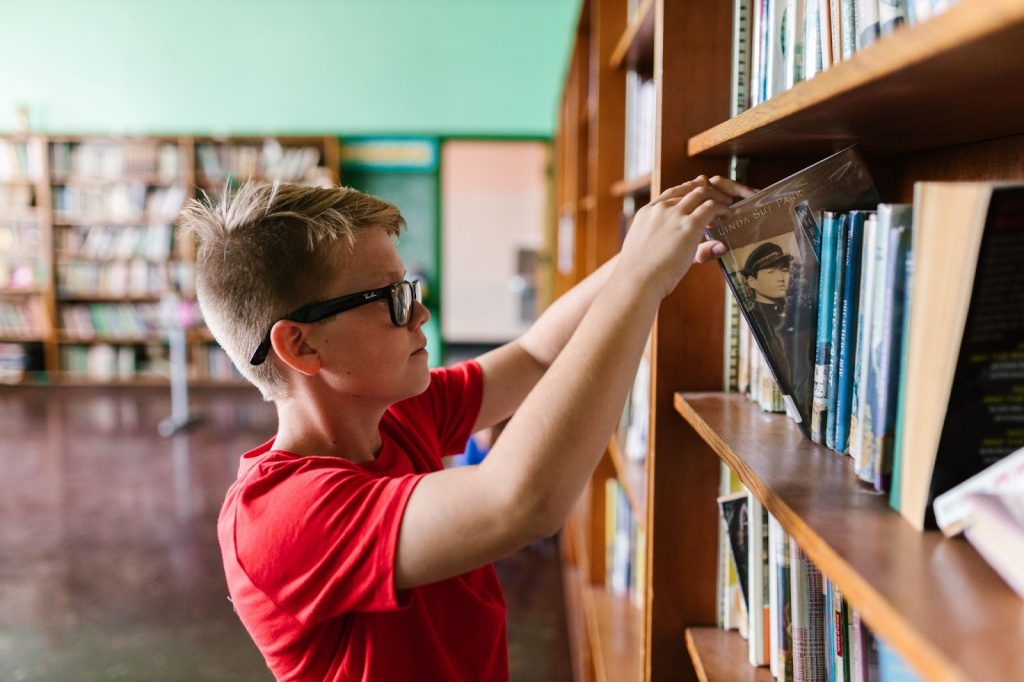
- Surround children with , posters, and labels featuring simple sentences.
- Use descriptive language during everyday activities to expand their vocabulary.
- Engage in conversations and encourage them to express their thoughts and ideas.
Related Reading: Best Vocabulary Games to Play in Your Classroom
2. Engage in Interactive and Fun Activities

- Incorporate games and interactive activities that involve the formation of simple sentences for kids.
- Use props, puppets, or toys to act out and reinforce sentence structures.
- Encourage children to create their sentences and engage in storytelling.
3. Provide Real-Life Examples
- Relate simple and easy sentences for kindergarten to everyday situations and experiences.
- Point out simple sentences in books, signs, or advertisements.
- Encourage children to identify and create simple sentences in their surroundings.
4. Foster Active Listening and Conversation

- Encourage children to listen to others’ sentences and respond appropriately and actively.
- Engage in meaningful conversations, allowing them to practice sentence construction.
- Ask open-ended questions to promote critical thinking and expressive language skills.
Related Reading: Best Auditory Learning Techniques to Help Teachers
5. Celebrate Progress and Effort
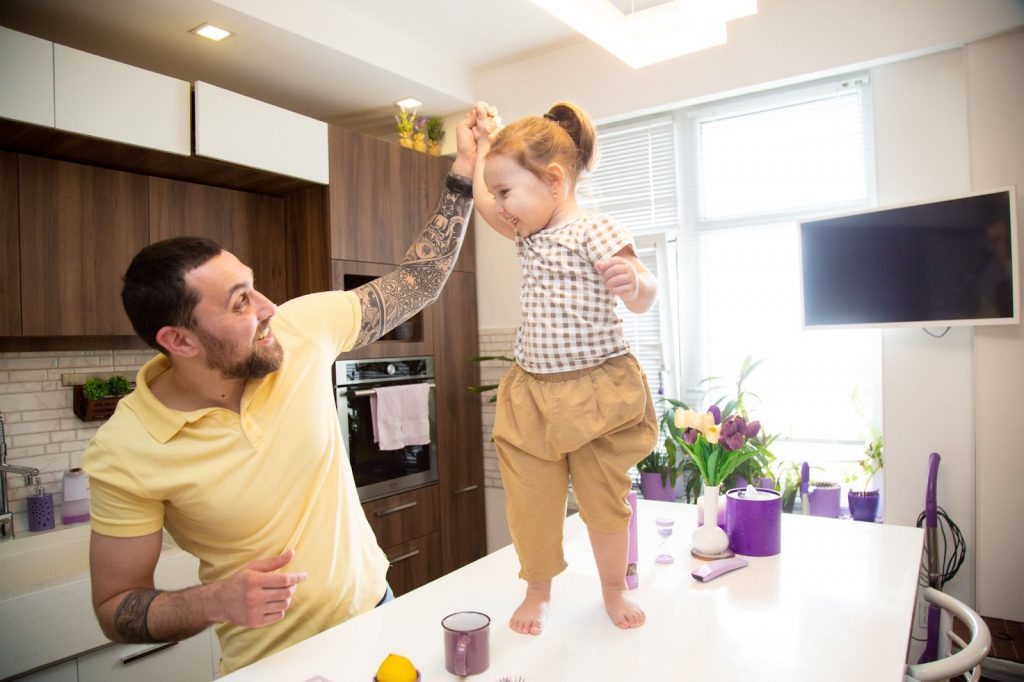
- Provide positive reinforcement and praise when children use simple sentences.
- Recognize their efforts and improvement in sentence formation.
- Create a supportive and encouraging environment that boosts their confidence.
Impact of Simple Sentences on Children’s Communication Skills

Language development in children is a fascinating process that can be enriched through the incorporation of simple sentences. Recent research published by the TIST reveals that a child’s brain experiences rapid growth during the first three years of his life, creating an opportune time for language acquisition. By understanding the fundamental aspects of sentence formation and harnessing the power of simplicity, we can tailor our approach to foster an enriched learning experience.
Effective strategies, such as sentence enactment, engaging activities, and incorporating 10 simple sentences for kids into their daily routine, empower parents, guardians, and educators to create an engaging and meaningful learning environment for children. Together, let us explore and unlock the potential of simple sentences for children, laying a solid foundation for their future success.
Frequently Asked Questions (FAQs)
What should I do if my child struggles with forming complete sentences?
Start with simple and short sentences for kids. Teach them structures, provide gentle guidance, and offer positive reinforcement to build their confidence gradually.
Can easy sentences for kids help them with language delays or difficulties?
Yes, simple sentences can be particularly beneficial for children with language delays or difficulties as they provide a solid foundation for language development and communication skills.
How can I make learning simple sentences more engaging for my child?
Incorporate multisensory activities, such as incorporating movement, visual aids, and interactive games, to make learning simple sentences more enjoyable and memorable for your child.

















